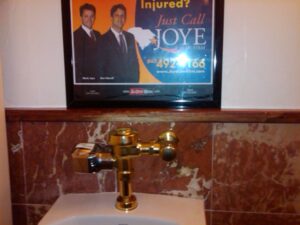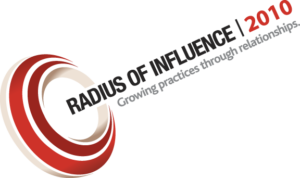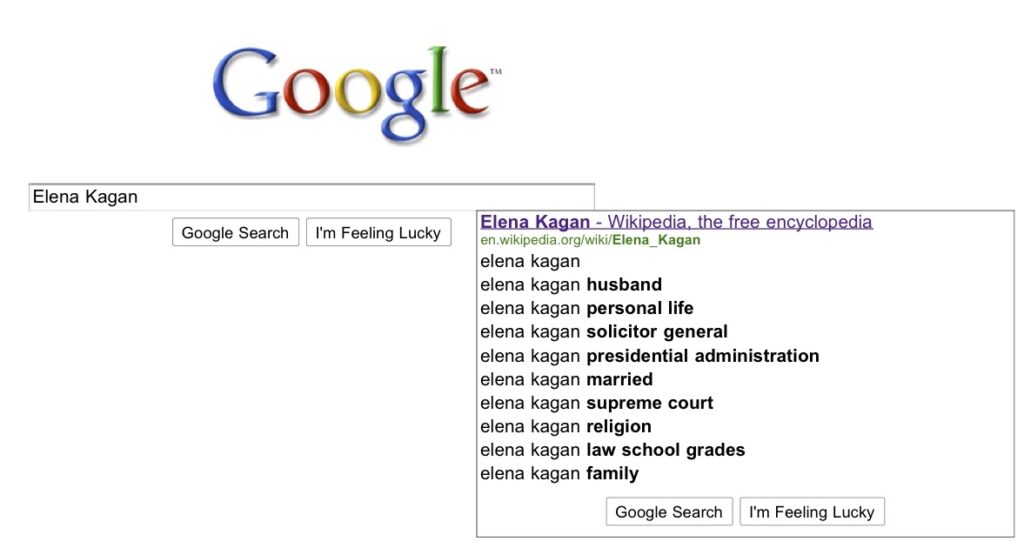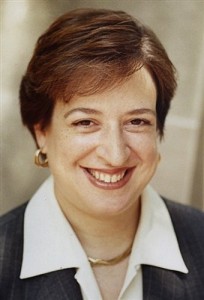 A year ago I watched, and blogged, as law firms used the web to solicit victims of the crash of Continental Flight 347 in Buffalo, in apparent disregard of New York’s 30-day anti-solicitation rules. With the crash of the Staten Island Ferry this weekend, it appears to be happening again, with lawyer ads popping up on Google when “Staten Island Ferry Crash” is plugged into the search engine.
A year ago I watched, and blogged, as law firms used the web to solicit victims of the crash of Continental Flight 347 in Buffalo, in apparent disregard of New York’s 30-day anti-solicitation rules. With the crash of the Staten Island Ferry this weekend, it appears to be happening again, with lawyer ads popping up on Google when “Staten Island Ferry Crash” is plugged into the search engine.
First, the definition of solicitation, from Rule 7.3 of the New York Rules of Professional Conduct:
For purposes of this Rule, “solicitation” means any advertisement initiated by or on behalf of a lawyer or law firm that is directed to, or targeted at, a specific recipient or group of recipients, or their family members or legal representatives, the primary purpose of which is the retention of the lawyer or law firm, and a significant motive for which is pecuniary gain. It does not include a proposal or other writing prepared and delivered in response to a specific request of a prospective client.
And what is the time frame for the anti-solicitation rule?
No solicitation relating to a specific incident involving potential claims for personal injury or wrongful death shall be disseminated before the 30th day after the date of the incident, unless a filing must be made within 30 days of the incident as a legal prerequisite to the particular claim, in which case no unsolicited communication shall be made before the 15th day after the date of the incident.
So let’s see what do you get when you Google “Staten Island Ferry Crash”: The first name you get in the Google ads is Kreindler & Kreindler, a pretty big firm in this town. This is the pdf of the search terms:Staten Island Ferry Crash. The keywords that they gave to Google for that to come up, of course, are known only the firm and Google. The magic words concerning the accident don’t appear in the ad. But when you add “lawyer” to the end of that search phrase, you see that Kreindler now has “Boat Crash Law Firm” in its ad heading, indicating that the ad was likely created directly for this (though, perhaps, they could have predicted the crash before it happened and had that as a long-standing ad).
You can contrast the Kreinder ad with this: If you add the word attorney to the search box, you find the Siskind Law Firm with this blatant Google ad (pdf:StatenIslandFerryCrashAttorney):
Staten Island Ferry Accident Lawyer
Injured on the Ferry? Call Us Today
Thus, with these two examples, you can see how electronic solicitation has a number of shades of gray. Some stuff may be hidden, and other stuff not. This is not meant as an exhaustive review of all the firms that may be soliciting, but of two contrasting examples of how firms may walk up to the line, go over the line, or leave it unclear as to whether they did or didn’t.
Ironically, it was the Staten Island Ferry crash of 2003 that killed 11 people, with the same boat, that was the impetus for the 30-day anti-solicitation new rule. Even before the carnage had cleared the site on the day of the accident, lawyers had rushed to the Staten Island Advance to place ads in the paper for the next day. It was, to say the least, unseemly.
Now there is one glaring problem with me writing about this subject: How do I write about it without others accusing me of using my blog to do what the others are doing with Google ads?
And yet, this stuff is right in my wheelhouse. The rules were directed toward my part of the bar. If I don’t write about it, when I have a blog of my kind, then who will? The answer, likely, is that no one will, and to me that is unacceptable.
The first time I did an analysis of the rule in the face of an actual accident, as opposed to writing about it in theory, was after the Hudson River splash landing in which physical injuries were few.
My objective here is to pull the curtain back on what conduct that continues despite the rule (though I suspect to a much less degree). Of course, this is only what I see in public, and doesn’t address the fact that some may get letters from lawyers, as had happened after the plane crash.
I’ve been tackling these rules since the time that they were created, so if you want to see my prior thoughts on it, even before last year’s plane crash in Buffalo, you can read many of the links I have at the end of this post: Do Attorney Anti-Solicitation Rules Work? (A Brief Analysis of Three Disasters). The “Attorney Ethics” tab will take you to many of those, and many more.
And in the ever-shifting world of gray when it comes to marketing and solicitation, what would happen to the “blog” that reports the accident and gives no commentary or analysis? And has “call me” call to action at the bottom? Or just a smidgen of commentary or analysis with the call to action at the bottom? The answer, of course, is that nobody knows since we are on ground that has never been plowed before.
 Advertising over a urinal has one thing going for it: A captive audience.
Advertising over a urinal has one thing going for it: A captive audience. So how do you respect someone that advertises professional services over a urninal? Scott Greenfield at Simple Justice likes to write about much of legal advertising being a race to the bottom. Which means that, to beat this ad, someone will have to advertise inside the stall.
So how do you respect someone that advertises professional services over a urninal? Scott Greenfield at Simple Justice likes to write about much of legal advertising being a race to the bottom. Which means that, to beat this ad, someone will have to advertise inside the stall.


